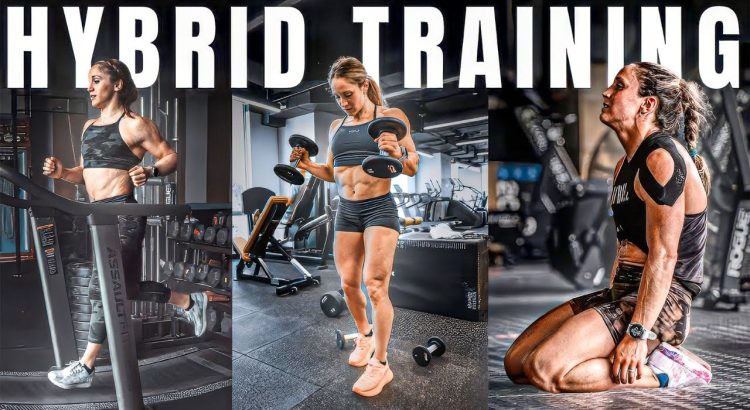Inspa Kyoto – Hybrid Training has gained popularity as a balanced fitness approach. It combines strength training and cardiovascular exercise effectively. This method targets both muscle building and heart health simultaneously. Many fitness enthusiasts seek efficient workouts that save time. Hybrid training fits this need by blending two essential fitness components. In this article, we explore the benefits, key strategies, and tips for successful hybrid training. Whether you’re a beginner or an athlete, hybrid workouts offer versatility. Let’s dive into how to combine strength and cardio efficiently.
Benefits of Hybrid Training
Hybrid Training improves overall fitness by engaging multiple muscle groups. It enhances muscular strength and cardiovascular endurance together. This combination boosts calorie burn more than isolated workouts. Time efficiency is a major advantage for busy individuals. Hybrid workouts can reduce total exercise time without sacrificing results. Increased metabolic rate helps with fat loss and muscle gain simultaneously. This training style also reduces workout boredom by adding variety. Plus, it improves functional fitness for daily activities and sports performance.
“Read about: How to Track Your Workout Progress for Maximum Results”
Effective Hybrid Training Techniques
One popular method is circuit training, alternating strength and cardio stations. For example, perform squats followed by jump rope sessions. This keeps heart rate elevated while building muscle strength. High-Intensity Interval Training (HIIT) is another effective hybrid approach. Short bursts of intense cardio are paired with strength exercises. For instance, sprinting followed by kettlebell swings creates a full-body challenge. Combining compound lifts like deadlifts with cardio intervals also works well. Ensure exercises target different muscle groups for balanced development. Rest periods should be brief to maintain workout intensity and efficiency.
Designing a Hybrid Training Routine
Start by assessing your fitness goals and current level. Beginners should focus on mastering form before increasing intensity. Incorporate strength exercises such as push-ups, lunges, and rows. Mix cardio intervals like cycling, running, or jumping jacks in between sets. Aim for 20-40 minutes per session, 3-4 times a week. Gradually increase workout difficulty by adding weights or extending cardio time. Tracking progress through fitness apps or journals can help stay motivated. Always include warm-up and cool-down phases to prevent injury and aid recovery.
Nutrition and Recovery Tips
Proper nutrition fuels hybrid training effectively. Prioritize balanced meals with adequate protein, carbs, and healthy fats. Hydration plays a key role in maintaining energy levels during workouts. Post-workout meals with protein support muscle repair and growth. Recovery practices such as stretching and foam rolling reduce soreness. Sleep quality significantly impacts performance and recovery speed. Avoid overtraining by listening to your body’s signals. Rest days are essential to allow muscle repair and prevent burnout.
“Read more: Living in a Haunted House: True Stories and Practical Tips”
Common Mistakes to Avoid
One common mistake is neglecting proper form during fast-paced hybrid workouts. Rushing can lead to injury or reduced effectiveness. Avoid overemphasizing either strength or cardio; balance is crucial. Skipping warm-up and cool-down increases risk of muscle strains. Another error is failing to adjust workouts as fitness improves. Sticking to the same routine limits progress and results. Inadequate nutrition or hydration hinders performance and recovery. Listening to your body helps prevent fatigue and injuries. Consistency is more important than intensity for long-term success.
Equipment and Space Considerations
Hybrid training can be performed with minimal equipment. Resistance bands, dumbbells, and kettlebells are versatile tools. Cardio can include running outdoors, cycling, or using a jump rope. Many effective workouts require only bodyweight exercises and open space. Home gyms benefit from modular setups to switch quickly between exercises. Gyms offer machines and open areas suitable for hybrid training. Outdoor workouts combine fresh air and natural terrain challenges. Adapting to available resources keeps training accessible and enjoyable.
Motivation and Mindset
Maintaining motivation for hybrid training requires clear goals and progress tracking. Setting small milestones builds confidence and momentum. Variety in workouts prevents boredom and keeps engagement high. Partner workouts or group classes add social support and accountability. Visualizing success encourages persistence through tough sessions. Remember that improvement takes time; patience is key. Celebrate achievements and learn from setbacks. A positive mindset transforms challenges into opportunities for growth.



